Sopwith aircraft
In aviation history, the name Sopwith Camel represents one of the flying legends and great aircraft from the First World War: the Sopwith Camel. However, Sopwith constructed many more aircraft types. Some of these were a great success and also well-known, but a number of other Sopwith types are now almost completely forgotten!

Rise and fall of the Sopwith Aircraft Company Ltd at Kingston-Upon-Thames
T.O.M. Sopwith (Thomas) was born in Kensington, London on 18 January 1888. His father was a civil engineer who died when Thomas Sopwith still was a child. He followed a technical education and soon became very interested in aviation. He taught himself to fly, making his first solo flight on 22 October 1910. Although his first flight was very short and ended in a crash, he did not give up and he soon gained his flying certificate. On 18 December 1910, Sopwith won a £4000 prize for the longest flight from England to the Continent in a British-built aeroplane, flying 169 miles (272 km) in 3 hours 40 minutes. He used the winnings to set up the Sopwith School of Flying at Brooklands. In 1912 he set up, together with Fred Sirgist, a company for the design and construction of aircraft as the Sopwith Aviation Company Ltd.. The new company had a difficult start, but with the outbreak of the First Worlds War in 1914 business was booming thanks to a number of highly successful military aircraft. Best known are the 1½-Strutter, the Pup, Triplane and last but not least the Camel. When the war ended, things changed dramatically with an enormous decline in aircraft needed. Basically the company had earned enough money to survive this period, but when the government charged shortly after the war punitive and excessive so-called anti-profiteering taxes the company was forced to dissolve itself in 1920. However, a fresh restart was made with new capital. Although the original Sopwith production facility at Kingston-Upon-Thames was maintained for the restart, the newly formed company continued under a different name: ‘H.G. Hawker Engineering Company’; named after Sopwith’s chief test pilot Harry Hawker. Later this was changed into Hawker Aircraft Company. Harry Hawker did not live long enough to see the company grow: he died in 1921 during the flight preparations for an aerial derby in a Nieuport Goshawk racer.
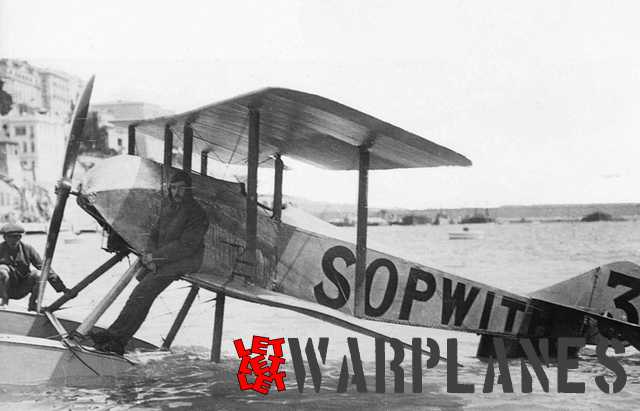
Thomas Sopwith remained in aviation manufacturing as a member of the Board at Hawker until his retirement. He died on 27 January 1989 at the very respectable age of 101.

Aircraft built by the Sopwith Aviation Company Ltd.
Before Sopwith started to manufacture its own types they had modified a Wright biplane purchased in the United States and fitted with a 50 hp Gnome engine. Later, this was even completely rebuilt fitted with a 70 hp Gnome engine from a Blériot. Also a hybrid biplane with a closed fuselage based on the earlier Wright was built.

The first completely new design from the company was the three-seat tractor biplane of 1913 with a 80 hp Gnome engine. It featured three large celluloid windows for the two passengers sitting in front of the pilot. In total three were built. Another three were built in modified form on floats, powered by a 100 hp Anzani engine.

Second type built in 1913 was a small two-seat biplane flying boat known as the Batboat. The first one was powered by a 6-cylinder 90 hp Austro-Daimler engine. It was soon wrecked, but another two were supplied to the British Admiralty; later to be followed by an improved amphibian version known as Batboat II with a 200 hp engine.

The next design was the Tabloid, a single seat high-speed biplane that became world famous when it gained as the floats version the 1st place at the Schneider Trophy contest of 1914 at Monaco. Pilot on this occasion was Howard Pixton who convincingly won with his 100 hp Gnome powered racer. More Tabloids were constructed as a landplane with a wheel undercarriage. Total number manufactured of all versions is 137 and in fact the Tabloid was the first Sopwith airplane built in substantial numbers! The Tabloid was further developed into the military types Pup (originally known as ‘Scout’) and the Baby seaplane. One two-seat Tabloid was built as the Sopwith Sociable, also called sometimes the ‘Tweenie’ and the ‘Churchill’ (since it was sponsored by Winston Churchill!)

Other types built before the outbreak of the First World War are
-1913 Tractor floatplane (100 hp Anzani)
-1913 Circuit seaplane built for the ‘Circuit of Britain’ races of 1913
-1914 Circuit seaplane for the Circuit of Britain 1914. It was tested as a landplane
-1914 Gordon Bennet racer (at the outbreak of the war fitted with a gun!)
-1914 pusher seaplane with a 120 hp Austro-Daimler engine
-1914 pusher landplane ‘Gunbus’ with 100 hp Anzani and a 2nd one with a 150 hp Sunbeam
-1914 two-seat scout known as ‘Spinning Jenny’
-1914 Folder Seaplane (Type 807) built for the Admiralty
-1914 tractor seaplane Type 860; 18 built for the Admiralty

With the start of the First World War, Sopwith received substantial orders starting with a further military development of the Tabloid Schneider Trophy racer fitted with floats. It was known as the Sopwith Baby and fitted with a 110 or 130 hp Clerget rotary engine. Over 1915-1917 a total of 286 were built. This included a number built by Fairey and Blackburn.

The Baby was used in the war; not only by the R.N.A.S., but also by France, Italy and Canada. Even after the war, a few were exported to the United States and to Chile. It was even used by the Norwegian naval air service. The Baby was mainly used as an unarmed scout plane.
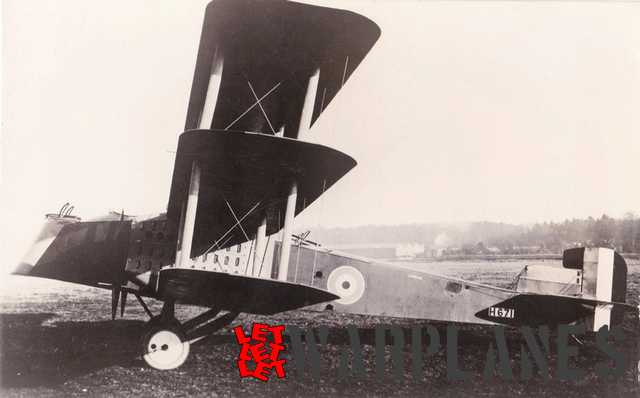
A bigger success than the Baby was a two-seat armed scout plane powered by a 110 or135 hp Clerget rotary engine, known as the Sopwith 1½-Strutter. It featured not only a second seat for the observer, armed with a machine gun, but also two fixed forward firing machine guns in the nose. It was so good compared with the German types then introduced at the Western Front that it was used quite successfully as a fighter until the Germans introduced more agile fighter types! It was used by various countries, also after the war, and including licence production almost 6000 were built in various versions.

The next successful Sopwith type was the Pup. It was a smaller and lighter single-seat fighter, largely based on the 1½-Strutter fitted with a 80 hp Le Rhone rotary engine. It was armed with a single forward-firing synchronised machine gun. It was much more manoeuvrable than the 1½-Strutter and very docile and easy to fly. It was used by both Royal Flying Corps and Royal Naval Air Service over the period 1916-1918. During and after the war it flew at various countries like France, Belgium, Austalia, Greece, Russia, Japan and the U.S.A. Interned aircraft also saw service at the Dutch army air service. Total production of Pups was 1770, although other sources quote a number of 1847.

The Triplane fighter entered the Western Front very shortly after the prototype had made its first flight in 1916. It had the same forgiving and docile handling characteristic of the Pup, but with its three wings it had far superior manoeuvrability and climbing speed. Although it was built in quite modest numbers, only 147 were built, it scored very good against German opponents. In the hands of the Canadian ace Raymond Collishaw it scored dozens of kills and he was not the only one! Two Triplanes were experimentally fitted with a much more powerful Hispano-Suiza engine, but this remained an experiment!

The Triplane was on the European front soon succeeded by a new type that would become the most well-known Sopwith built: the Sopwith Camel fighter. Powered by a rotary engine giving 100-150 hp power output and armed with two synchronised forward firing machine guns it was found to be equal or superior to the German fighters. However, where the Pup and the Triplane fighters were very pleasant and docile to fly, the Camel had some vicious and unforgiving flight characteristics. It could be as deadly to inexperienced pilots as to enemy aircraft but the pilots who mastered flying the Camel scored many victories. Total Camel production was 5490 (5497 + 250 shipboard Camels according to other sources). During and after the war it was used by more than a dozen countries.

After the Camel there were two other aircraft types manufactured in large numbers.
The first was a successor of the Camel introduced in 1918. It was called the Snipe. Externally it resembled the Camel, but it was fitted with a much more powerful engine; the 230 hp Bentley B.R.2. Sopwith received in the last year of the First World War large orders, but it arrived too late on the Western Front to play a decisive role. In total several thousands were ordered but only some 500 were actually completed and delivered. After the war it remained in service in the U.K and in several other countries, but on a very modest scale

The last Sopwith type built in large numbers was the Dolphin; fitted with a Hispano-Suiza in-line engine. It was a single seat high-speed fighter that was tested in the second half of 1917. First production machines were operational by the end of 1917/early 2018. Just like the Snipe it was ordered in large quantities but the Hispano-Suiza engines proved to be difficult to obtain and difficult to maintain. Also here the Dolphin was too late to play a decisive role in the war although 1559 were built. Other sources even claim a total of 2072, but a very large number was not fitted with an engine and soon scrapped after the war.

Other wartime Sopwith types that were produced in limited numbers only were:
–Bee (1916); small personal biplane built for pilot Harry Hawker with a 50 hp rotary engine
–Scooter; next personal plane of Harry Hawker with 130 hp Clerget. It was a converted first Swallow prototype
–Sparrow; direct forerunner of the Pup fighter using wing-warping for control. Four built.
–L.T.R. Tr.; a large triplane fitted with a 250 hp Rolls Royce Eagle engine intended as a heavy homeland defence fighter, in particular against German Zeppelin raids with a gunner in a separate gondola on the top wing. Only one was built and it is not certain it ever flew!
–Cobham; bomber triplane with two Armstrong Siddeley Puma engines. Was not ready before the end of the war. Two were completed and another one was under construction when the project was cancelled.
-Rhino; single engine scout/light-bomber triplane with a 230 hp B.H.P. liquid-cooled engine flown in 1917. Only two were built.
-Snark; single seat triplane high-altitude fighter with a 360 hp ABC Dragonfly radial engine. Three built but flown after the end of the war.
–Swallow; parasol-type single seat fighter with a 110 hp Le Rhone rotary engine. First flown in Summer 1918 and too late for the war. Only one built + the above mentioned Scooter.
–Cuckoo; naval torpedo bomber; 233 built but too late for the war. Used until 1923 and some exported to Japan.
–B.1 and B.2 light bombers; one of each built in 1918 but not operational
–Dragon; further development of the Snipe with a 360 hp ABC Dragonfly radial engine. Flew in 1918 and some 200 were built, mostly as engineless airframes. Most of these never flew.
–Salamander; development of the Snipe as ground attack plane. Some 500 built but too late for the war. Most were scrapped after the armistice.
–Hippo; two-seat fighter built in 1917 with a 200 hp Clerget engine. Only two built.
–Bulldog; two-seat fighter/reconnaissance plane built in 1918 and fitted with a 200 hp Clerget roraty engine. Only two built.
–Buffalo; armoured fighter/reconnaissance plane. Two built in 1918.
–Snail; single-seat fighter with a 170 hp ABC Wasp radial engine flown in April 1918. Six ordered but only two delivered for testing.
–Snapper; single-seat fighter with a 360 hp ABC Dragonfly radial engine. Three built after the war.
When the war was ended, and large numbers of military aircraft were retired and scrapped, orders for new Sopwith types dwindled so dramatically that the Sopwith company had to stop all its activities by 1920. As we have already mentioned in the previous chapter, Sopwith continued with new capital under the new name of Hawker. If Sopwith had maintained its famous name, we would have had later the Sopwith Hurricane, the Sopwith Typhoon/Tempest/Seafury and the Sopwith Sea Hawk, Hunter and Harrier!

The post-war Sopwith types are the following:
–Atlantic; a long-range aircraft designed and built to make a transatlantic crossing by Harry Hawker. Hawker started this flight in May 1919 together with his navigator Kenneth Mackenzie Grieve from Newfoundland but they soon had to ditch because of engine problems. The two unlucky crew members were rescued by the Danish steamer SS Mary, but it took some time before the rest of the world knew they had survived since the vessel did not have radio equipment on board!
–Dove; two-seat sport version of the Sopwith Pup, with shorter and slightly swept-back wings, and an 80 hp Le Rhône rotary engine. Ten were built over the period 1919-1920.
–Gnu; a two-seat touring biplane with a 110 hp Le Rhone rotary engine. Thirteen built over 1919-1920.
–Grasshopper; two-seat touring biplane with a 100 hp Anzani engine. Only one built and flown in 1920 with civil registration G-EAIN.
-1919 Schneider Trophy and Rainbow racer; biplane racer fitted with a 450 hp Jupiter radial engine built for the Schneider Trophy contest at Bournemouth, U.K. carrying the civil registration G-EAKI. Unfortunately the pilot, Harry Hawker was disqualified when he tried to take off before the starting sign. It was later converted into a land-based racer with a fixed undercarriage as the Rainbow, fitted with a 320 hp ABC Dragonfly engine. It was destroyed in a crash in 1923 when flown in an aerial derby; again with a Jupiter engine.
–Wallaby; a single engine long-range passenger plane with a 375 hp Rolls Royce Eagle engine. One built in 1919 with registration G-EAKS. It crashed en route to Australia at Bali. Damaged plane was shipped to Australia and rebuilt a an 8-passenger transport plane.
–Antelope; light transport aircraft fitted with a 180 hp Wolseley Viper liquid-cooled engine. One built in 1920. The Antelope was the last aircraft built by the Sopwith works. It flew with the civil registration G-EASS, later changed into G-AUSS when it went to Australia.

Over the years 1912-1920 Sopwith produced in total the staggering number of more than 18,000 aircraft, but most of these were manufactured during the 1914-1918 World War I period as 1½-Strutters, Pups, Camels and Snipes……
Nico Braas
This is an edited part of a future publication on Sopwith aircraft in general and the Triplane fighter as main subject. Book is expected end 2014/early 2015 in the ‘Warplane’ series of Dutch publisher Lanasta and will contain 48 pages with more than 80 photographs and drawings.


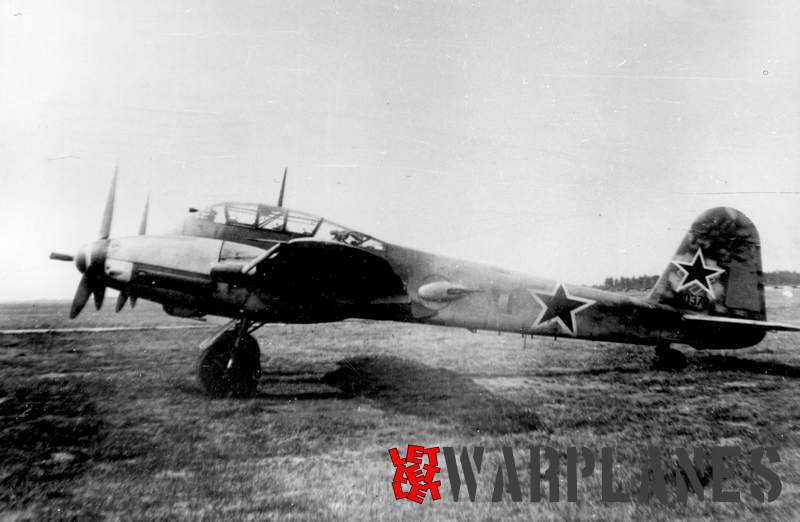
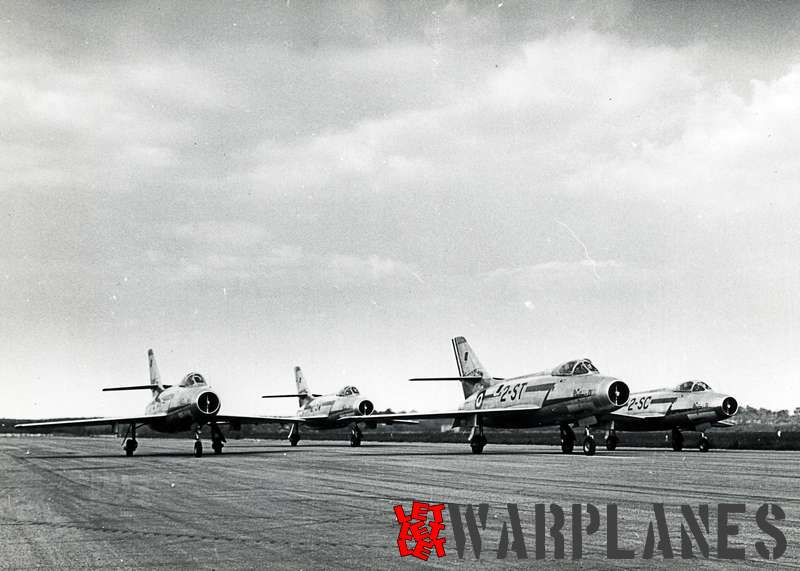
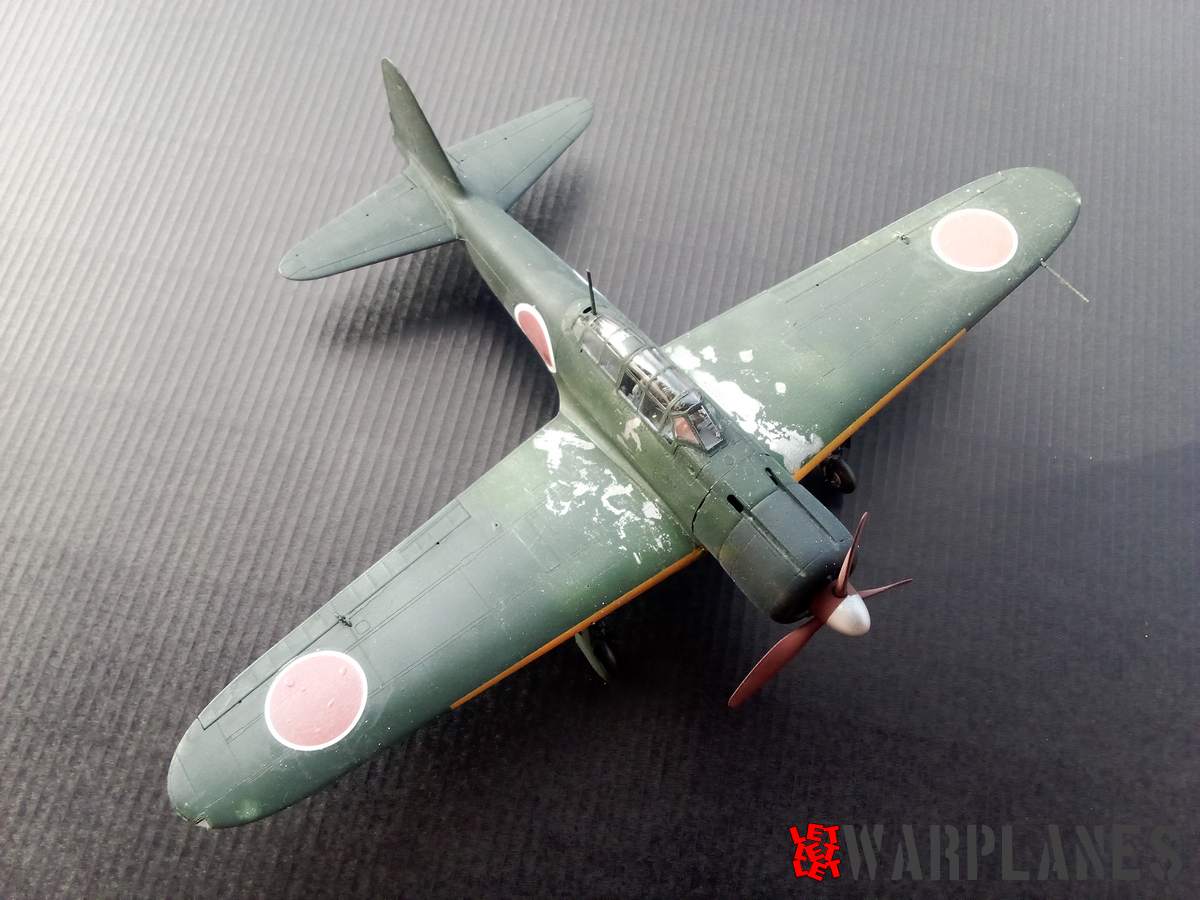

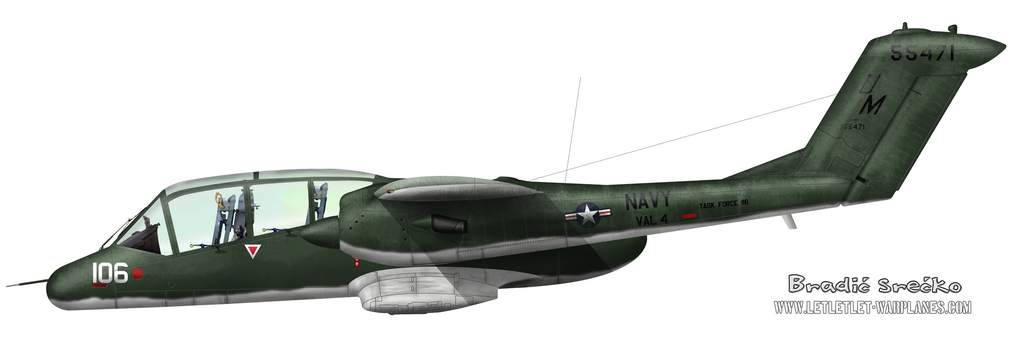
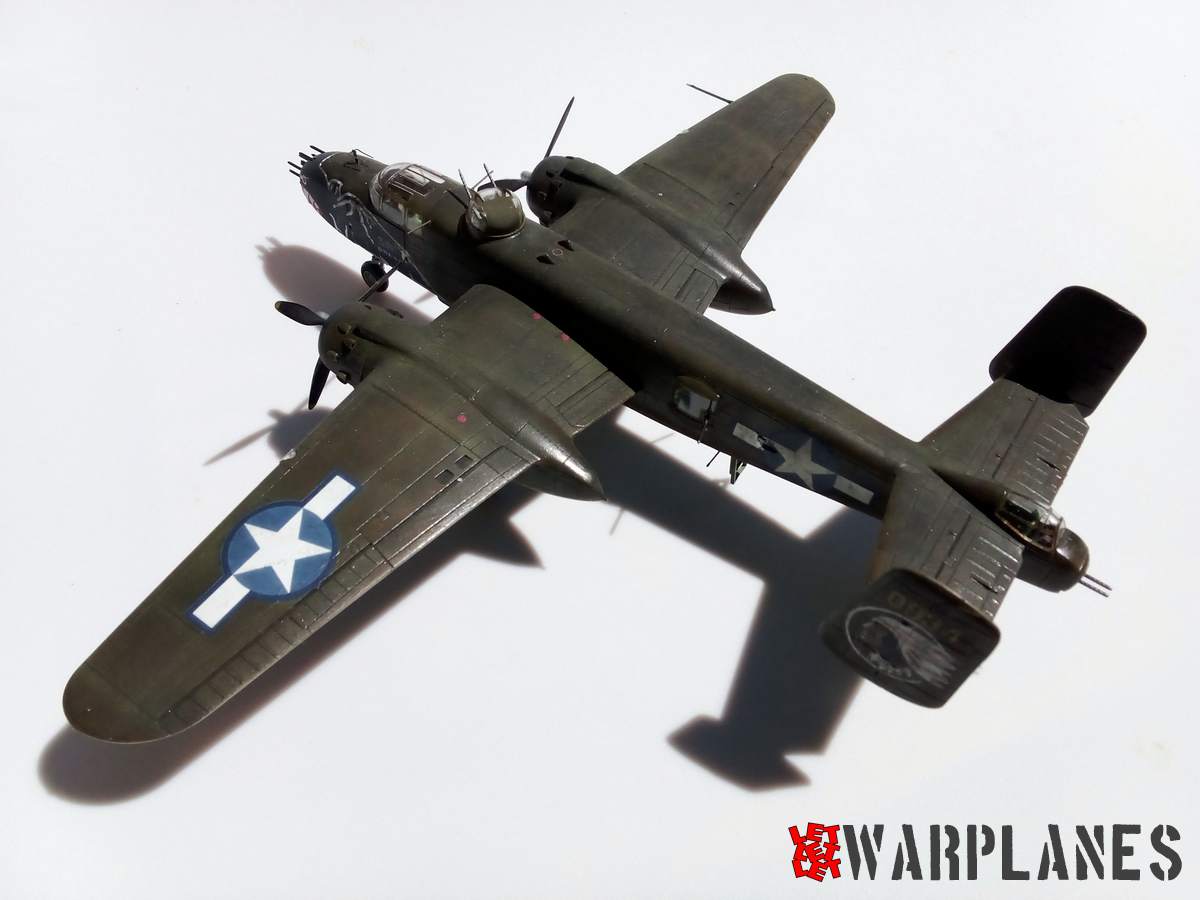
1 thought on “Sopwith aircraft”